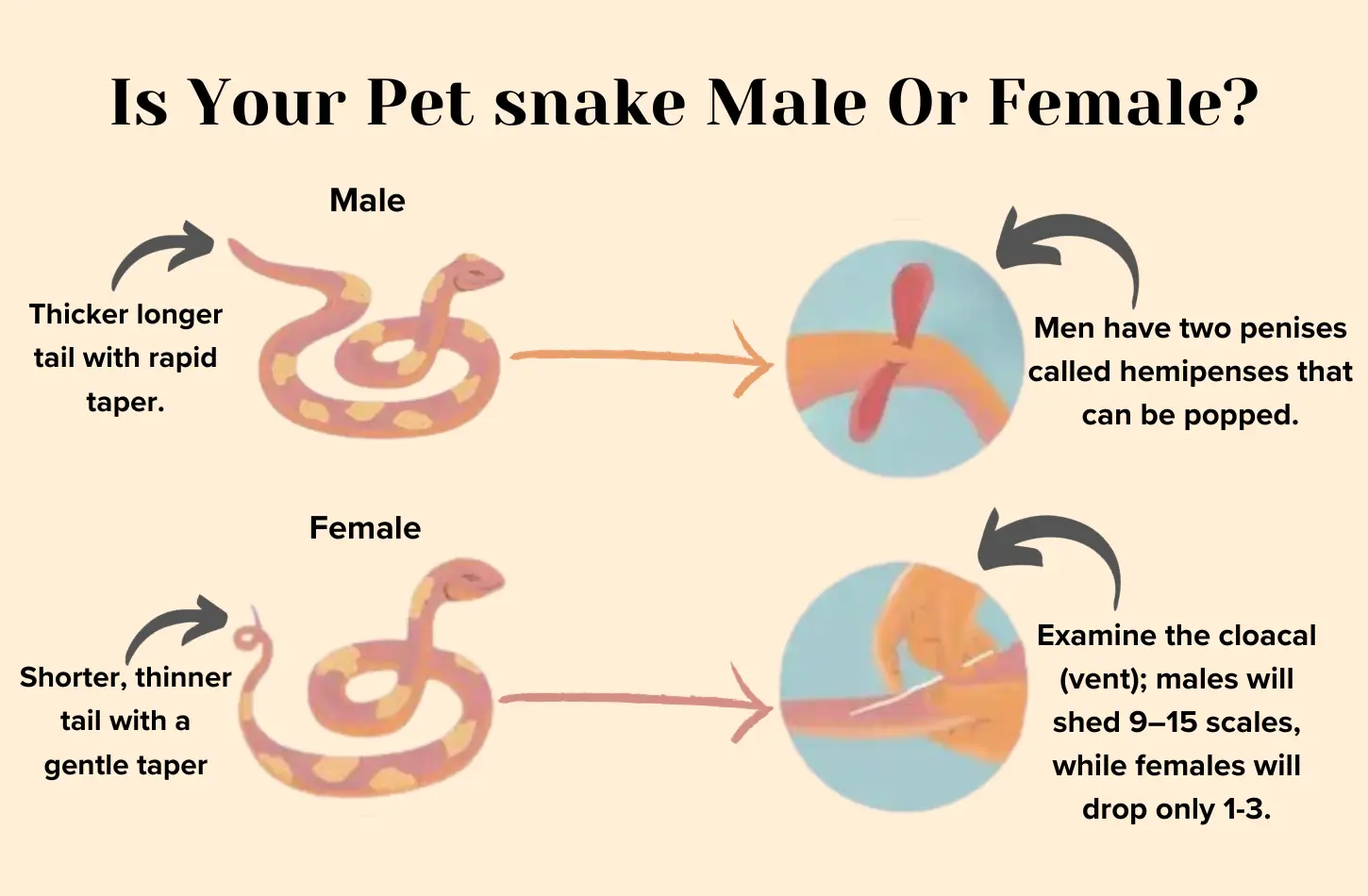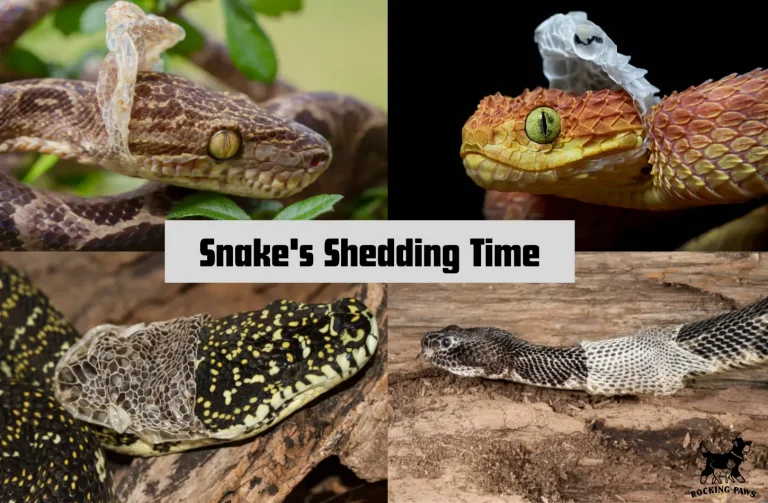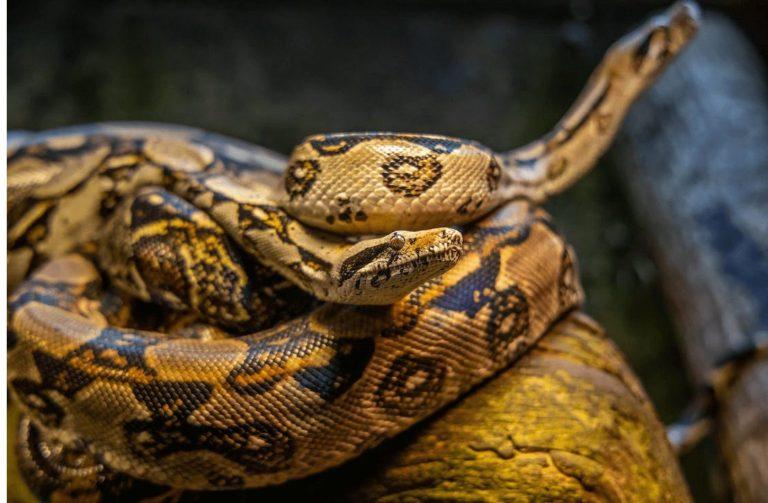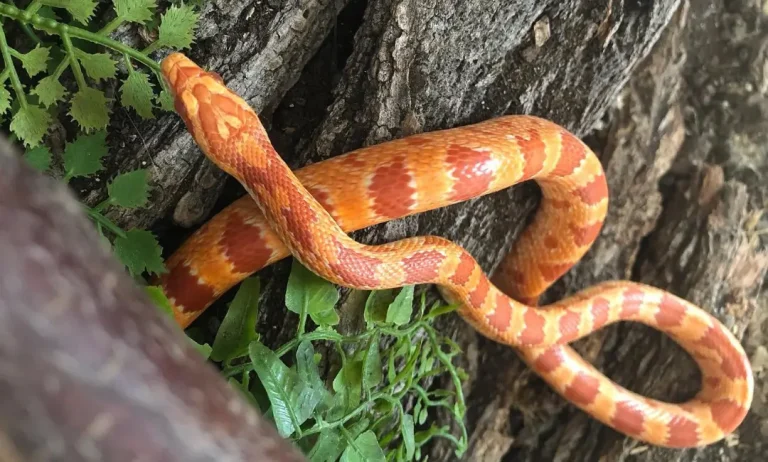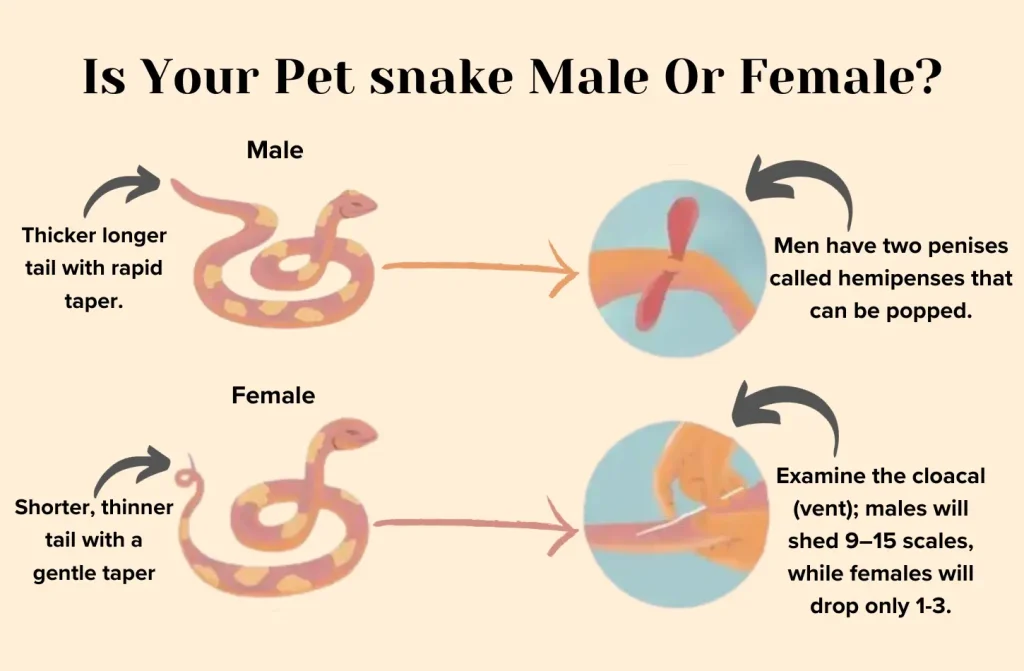
For snake owners eager to unravel the mystery of their serpent’s gender, it’s essential to understand that distinguishing between male and female snakes isn’t as straightforward as it is with many other animals. While the external appearance of male and female snakes may seem similar, seasoned caretakers or veterinary staff can employ specific methods to determine the snake’s sex. It’s crucial to note that these techniques should only be performed by experienced individuals to avoid harm to the snake.
Tail Characteristics:
Exploring the world of snake gender becomes a fascinating journey when you pay close attention to their tails. This method unveils some interesting details about how these creatures are built for reproduction.
Male Tails: Male snakes have something special tucked inside their tails – it’s called hemipenes. These are like tiny snake parts that you can’t see from the outside but make the tail look thicker and longer. If a snake’s tail is chunkier, it might be a male.
Female Tails: Now, female snakes have a different kind of tail. It’s slimmer and shorter, with a steady taper towards the end. Unlike the males, there’s nothing hidden inside. Their tails look sleek and even.
Understanding these simple tail characteristics gives us clues about whether a snake is a boy or a girl. But remember, it takes a bit of practice to get it right. If you’re curious and want to learn more, it’s always good to ask someone who knows a lot about snakes, like a reptile expert or a vet. They can help you observe and take care of these amazing reptiles.
Probing:
Probing is a method used by snake experts, like caretakers or vets, to discover whether a snake is a boy or a girl. It’s a bit like a snake checkup performed by snake doctors. Here’s a simple breakdown of how it works:
Firstly, the snake is ensured to be calm and comfortable. Then, a special tool called a snake probe, a thin metal ruler of sorts, is gently inserted into a specific opening at the back end of the snake, known as the vent. This is done with great care to ensure the snake feels at ease during the process.The magic happens when the snake probe goes inside a bit, and where it stops provides valuable information to the snake expert. If the probe only goes a short way, it suggests the snake might be a girl. On the other hand, if it goes further, it might indicate the snake is a boy. It’s like the snake is sharing a secret through the probe!
Probing serves a purpose – sometimes snake experts need to know the snake’s gender for health reasons or if they’re planning to have baby snakes. However, it’s crucial to note that probing is something only experts should do. If someone is unsure about doing it just right, it’s always better to ask a knowledgeable snake enthusiast or vet for help. The goal is to ensure the snake feels safe and happy throughout the process, turning the act of probing into a gentle exploration of snake secrets with the guidance of those who understand them best.
- For females, it drops into an average of one to three scales.
- For males, it drops into an average of nine to fifteen scales.
Probing should only be attempted by those experienced in the procedure, ensuring the snake’s safety and minimizing the risk of injury.
Popping Hemipenes:
If you’re curious about whether your snake is a boy, there’s a careful method called “popping hemipenes” that can help, especially with smaller snakes like ball pythons. Here’s how it works:
Instead of looking, we gently touch just below the snake’s tail to encourage the hemipenes, which are the boy parts, to come out for a little bit. It’s like saying hello to see if they’re there. But here’s the tricky part – sometimes they might not come out, and we’re not sure if it’s because the snake doesn’t have them or if they’re just being a bit shy.
This way of checking isn’t the top choice because it can be a bit tough and might make the snake a little worried. It’s a good idea to have someone experienced with snakes do it to make sure everything is okay. If you’re not sure or if you’re just starting with snakes, asking a reptile expert or a vet for some help is always a smart move. They can make sure everything is done in the best way for your snake’s comfort.

